Modulation Signal Classification and Recognition Algorithm Based on Signal to Noise Ratio Classification Network
-
摘要: 针对传统降噪算法损伤高信噪比(SNR)信号而造成信号识别准确率下降的问题,该文提出基于卷积神经网络的信噪比分类算法,该算法利用卷积神经网络对信号进行特征提取,用固定K均值(FK-means)算法对提取的特征进行聚类处理,准确分类高低信噪比信号。低信噪比信号采用改进的中值滤波算法降噪,改进的中值滤波算法在传统中值滤波的基础上增加了前后采样窗口的关联性机制,来改善传统中值滤波算法处理连续噪声效果不佳的问题。为充分提取信号的空间特征和时间特征,该文提出卷积神经网络和长短时记忆网络并联的卷积长短时(P-CL)网络,利用卷积神经网络和长短时记忆网络分别提取信号的空间特征与时间特征,并进行特征融合与分类。实验表明,该文提出的调制信号分类模型识别准确率为91%,相比于卷积长短时(CNN-LSTM)网络提高了6%。Abstract: Considering the problem that the traditional noise reduction algorithm damages the high Signal-to-Noise Ratio (SNR) signal and reduces the accuracy of signal recognition, a SNR classification algorithm based on convolutional neural network is proposed. The algorithm uses Convolutional Neural Network (CNN) to extract the features of the signal, and uses Fixed K-means (FK-means) algorithm to cluster the extracted features to classify accurately the high and low signal-to-noise ratio signals. The low SNR signal is denoised by the improved median filter algorithm. The improved median filter algorithm adds the correlation mechanism of the front and rear sampling windows on the basis of the traditional median filter to improve the poor effect of the traditional median filter algorithm in dealing with continuous noise. In order to extract the spatial and temporal features of signals fully, a Convolutional neural network and Long-short term memory Parallel (P-CL) network with convolutional neural network and long-short term memory in parallel is proposed. The spatial and temporal features of signals are extracted by convolutional neural network and long-short term memory respectively, and the features are fused and classified. Experiments show that the recognition accuracy of the modulation signal classification model proposed in this paper is 91%, which is 6% higher than that of Convolutional Neural Network and Long-Short Term Memory(CNN-LSTM) network.
-
表 1 RML2016.10a数据集的相关参数
信号参数 具体数值 采样速率(kHz)
最大采样率偏移(Hz)
采样点数
每条信号符号数
信噪比(dB)
信号数量200
50
128
8
–20:2:18
220,000表 2 不同网络模型的训练时间对比
网络模型 训练时间(s) P-CL 1461 CNN 956 CNN-LSTM 2021 ResNet 2078 DenseNet 2031 -
[1] SHAH M H and DANG Xiaoyu. Robust approach for AMC in frequency selective fading scenarios using unsupervised sparse-autoencoder-based deep neural network[J]. IET Communications, 2019, 13(4): 423–432. doi: 10.1049/iet-com.2018.5688 [2] 杨洁, 夏卉. 基于卷积神经网络的通信信号调制识别研究[J]. 计算机测量与控制, 2020, 28(7): 220–224. doi: 10.16526/j.cnki.11-4762/tp.2020.07.044YANG Jie and XIA Hui. Research on communication signal modulation recognition based on convolution neural network[J]. Computer Measurement &Control, 2020, 28(7): 220–224. doi: 10.16526/j.cnki.11-4762/tp.2020.07.044 [3] ZHANG Haijian, BI Guoan, YANG Wen, et al. IF estimation of FM signals based on time-frequency image[J]. IEEE Transactions on Aerospace and Electronic Systems, 2015, 51(1): 326–343. doi: 10.1109/TAES.2014.130554 [4] CAI Tian, WANG Cheng, CUI Gaofeng, et al. Constellation-wavelet transform automatic modulation identifier for M-ary QAM signals[C]. 2015 IEEE 26th Annual International Symposium on Personal, Indoor, and Mobile Radio Communications (PIMRC), Hong Kong, China, 2015: 212–216. [5] WANG Qingyuan, XIE Zhidong, HU Jing, et al. Blind detection of satellite communication signals based on cyclic spectrum[C]. 2015 International Conference on Wireless Communications & Signal Processing (WCSP), Nanjing, China, 2015: 1–5. [6] ZHANG Haijian, YU Lei, and XIA Guisong. Iterative time-frequency filtering of sinusoidal signals with updated frequency estimation[J]. IEEE Signal Processing Letters, 2016, 23(1): 139–143. doi: 10.1109/LSP.2015.2504565 [7] POSTADJIAN T, LE BRIS A, MALLET C, et al. Superpixel partitioning of very high resolution satellite images for large-scale classification perspectives with deep convolutional neural networks[C]. 2018 IEEE International Geoscience and Remote Sensing Symposium, Valencia, Spain, 2018: 1328–1331. [8] 张文宇, 刘畅. 卷积神经网络算法在语音识别中的应用[J]. 信息技术, 2018, 42(10): 147–152. doi: 10.13274/j.cnki.hdzj.2018.10.030ZHANG Wenyu and LIU Chang. Application of convolutional neural network algorithm in speech recognition[J]. Information Technology, 2018, 42(10): 147–152. doi: 10.13274/j.cnki.hdzj.2018.10.030 [9] MA Kai, ZHOU Yongbin, and CHEN Jianyun. CNN-based automatic modulation recognition of wireless signal[C]. 2020 IEEE 3rd International Conference on Information Systems and Computer Aided Education (ICISCAE), Dalian, China, 2020: 654–659. [10] WEI Zhengxian, JU Yang, and SONG Min. A method of underwater acoustic signal classification based on deep neural network[C]. 2018 5th International Conference on Information Science and Control Engineering (ICISCE), Zhengzhou, China, 2018: 46–50. [11] O'SHEA T and HOYDIS J. An introduction to deep learning for the physical layer[J]. IEEE Transactions on Cognitive Communications and Networking, 2017, 3(4): 563–575. doi: 10.1109/TCCN.2017.2758370 [12] PENG Shengliang, JIANG Hanyu, WANG Huaxia, et al. Modulation classification based on signal constellation diagrams and deep learning[J]. IEEE Transactions on Neural Networks and Learning Systems, 2019, 30(3): 718–727. doi: 10.1109/TNNLS.2018.2850703 [13] HONG Dehua, ZHANG Zilong, and XU Xiaodong. Automatic modulation classification using recurrent neural networks[C]. 2017 3rd IEEE International Conference on Computer and Communications (ICCC), Chengdu, China, 2017: 695–700. [14] WEST N E and O'SHEA T. Deep architectures for modulation recognition[C]. 2017 IEEE International Symposium on Dynamic Spectrum Access Networks (DySPAN), Baltimore, USA, 2017: 1–6. [15] HARTIGAN J A and WONG M A. A K-means clustering algorithm[J]. Applied Statistics, 1979, 28(1): 100–108. doi: 10.2307/2346830 [16] WEISS B. Fast median and bilateral filtering[J]. ACM Transactions on Graphics, 2006, 25(3): 519–526. doi: 10.1145/1141911.1141918 [17] HOCHREITER S and SCHMIDHUBER J. Long short-term memory[J]. Neural Computation, 1997, 9(8): 1735–1780. doi: 10.1162/neco.1997.9.8.1735 [18] O'SHEA T J and WEST N. Radio machine learning dataset generation with gnu radio[C]. Proceedings of the 6th GNU Radio Conference, Huntsville, USA, 2016: 69–74. [19] O'SHEA T J, CORGAN J, and CLANCY T C. Convolutional radio modulation recognition networks[C]. 17th International Conference on Engineering Applications of Neural Networks, Aberdeen, UK, 2016: 213–226. [20] YAO Tianyao, CHAI Yuan, WANG Shuai, et al. Radio signal automatic modulation classification based on deep learning and expert features[C]. 2020 IEEE 4th Information Technology, Networking, Electronic and Automation Control Conference (ITNEC), Chongqing, China, 2020: 1225–1230. [21] ZHU Zhechen, ASLAM M W, and NANDI A K. Genetic algorithm optimized distribution sampling test for M-QAM modulation classification[J]. Signal Processing, 2014, 94: 264–277. doi: 10.1016/j.sigpro.2013.05.024 -






 下载:
下载:

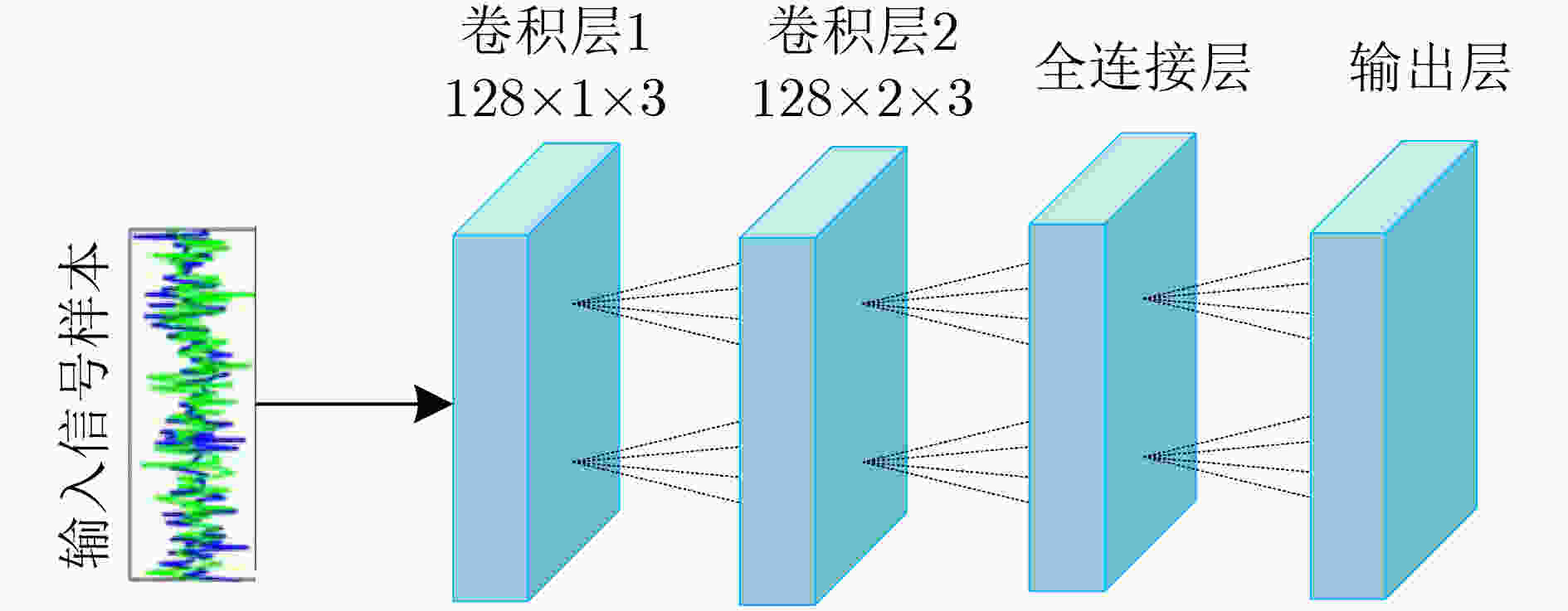

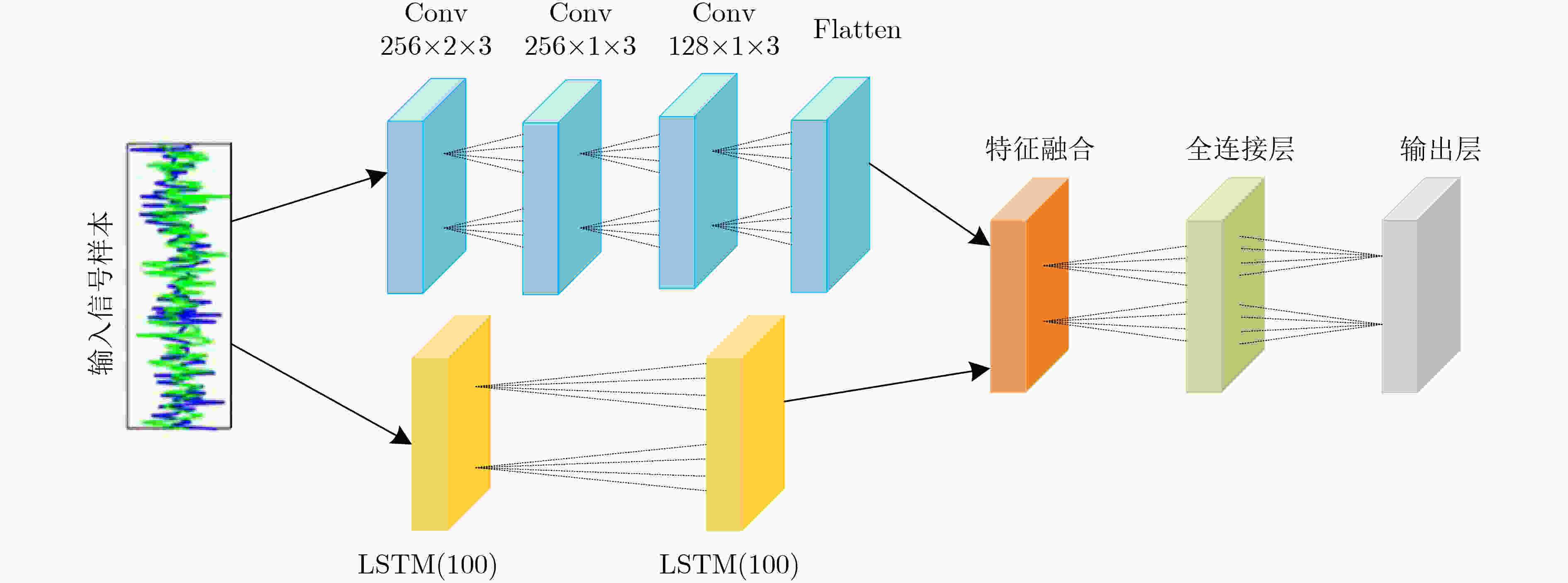
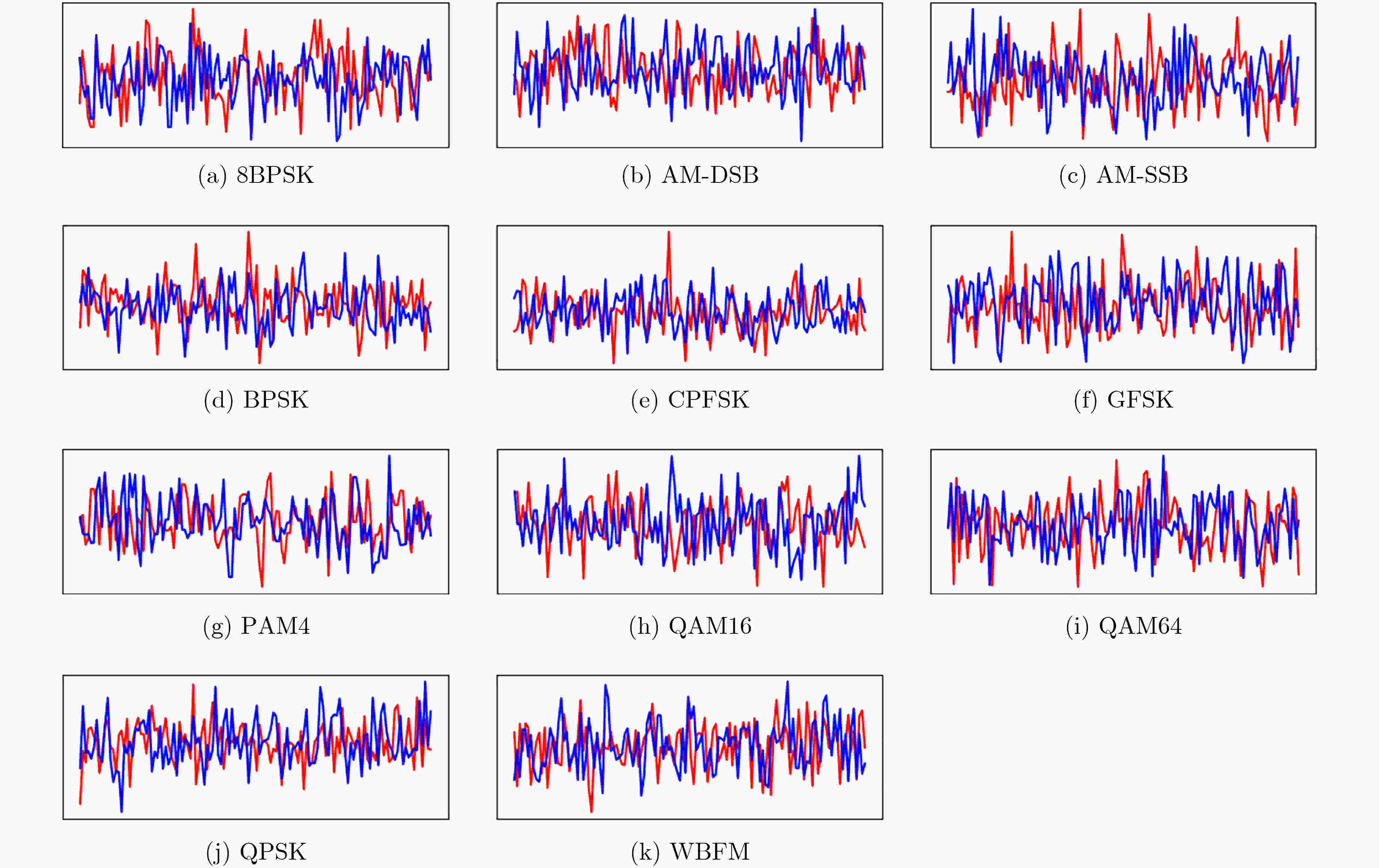
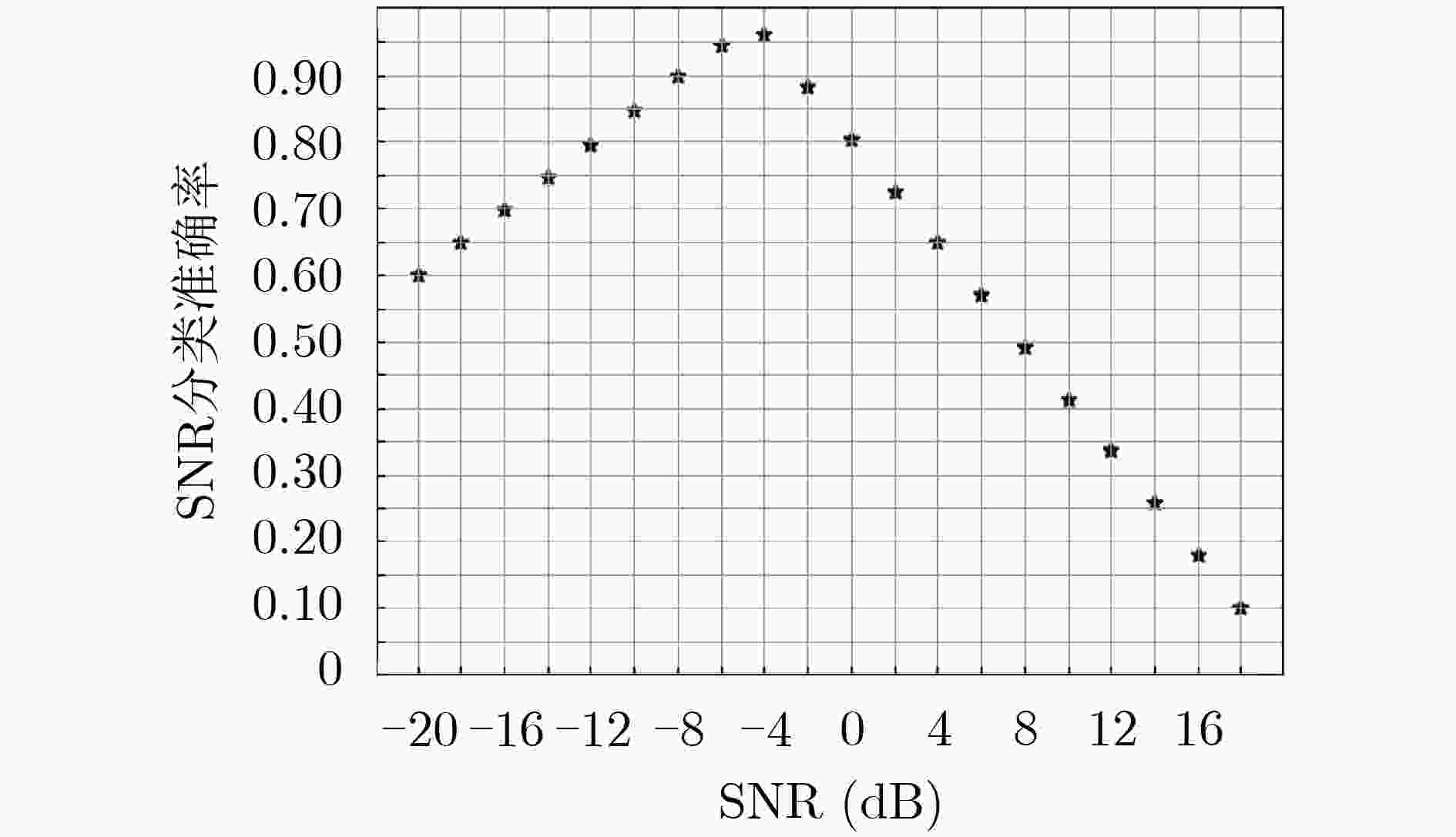
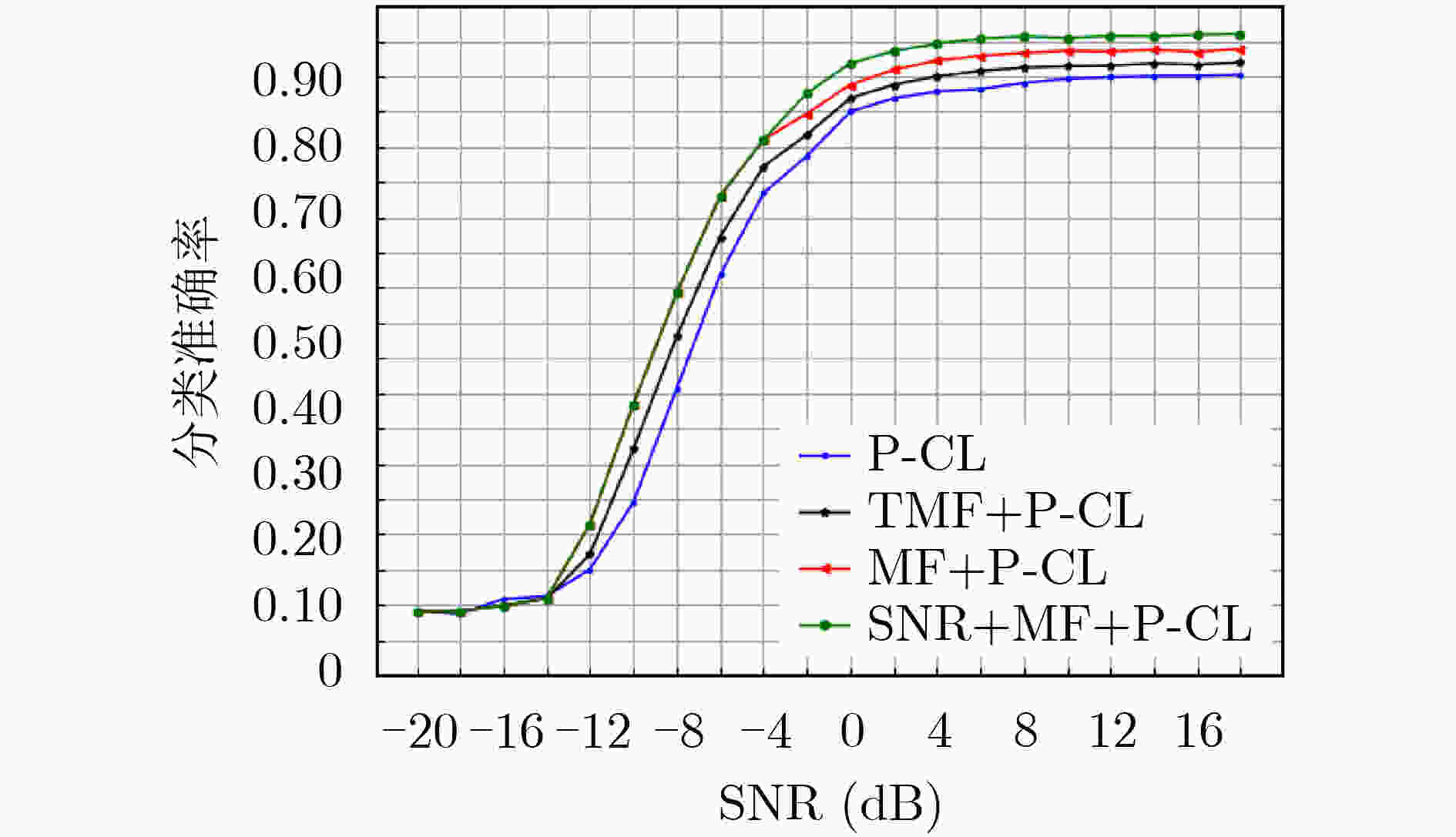
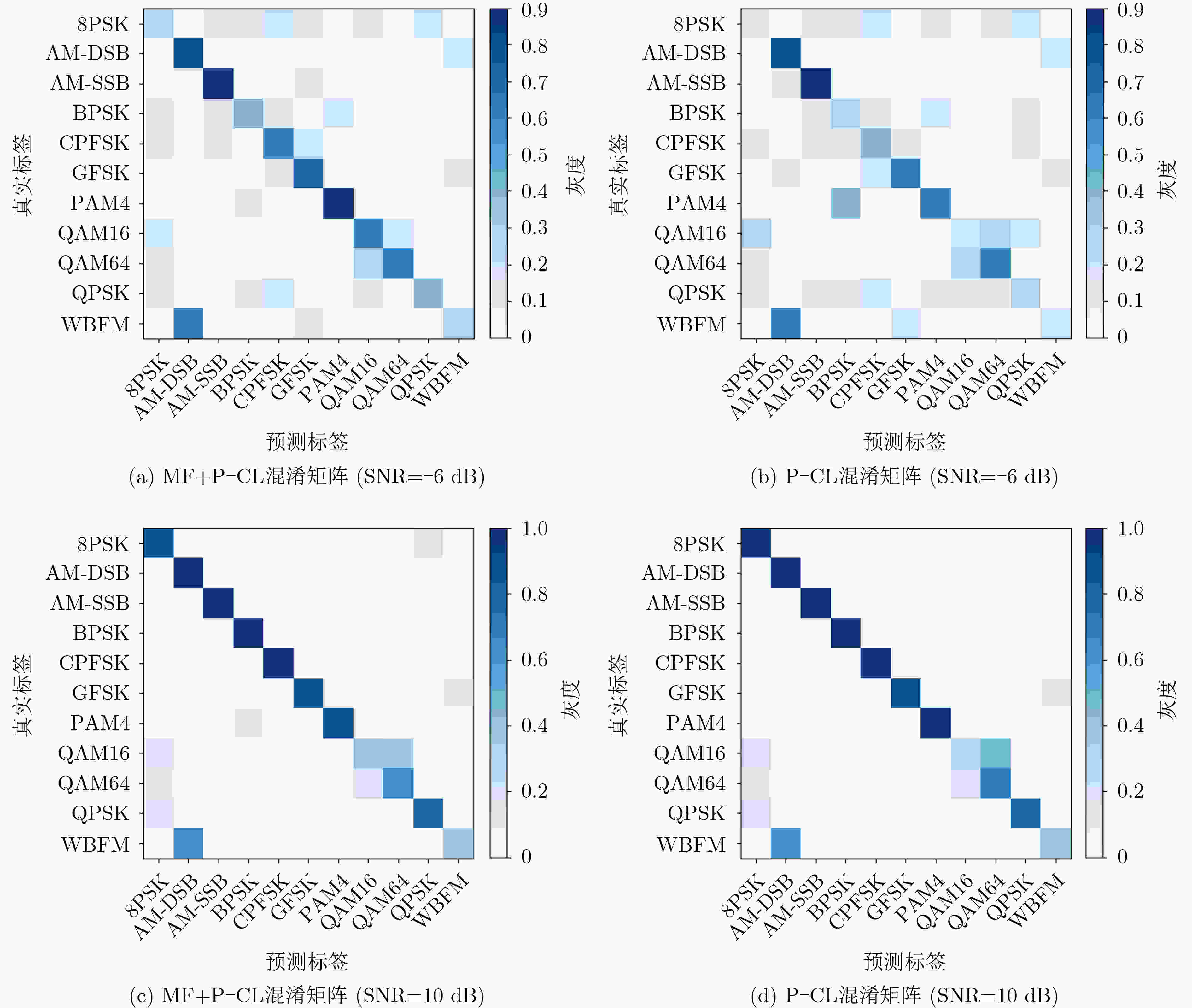
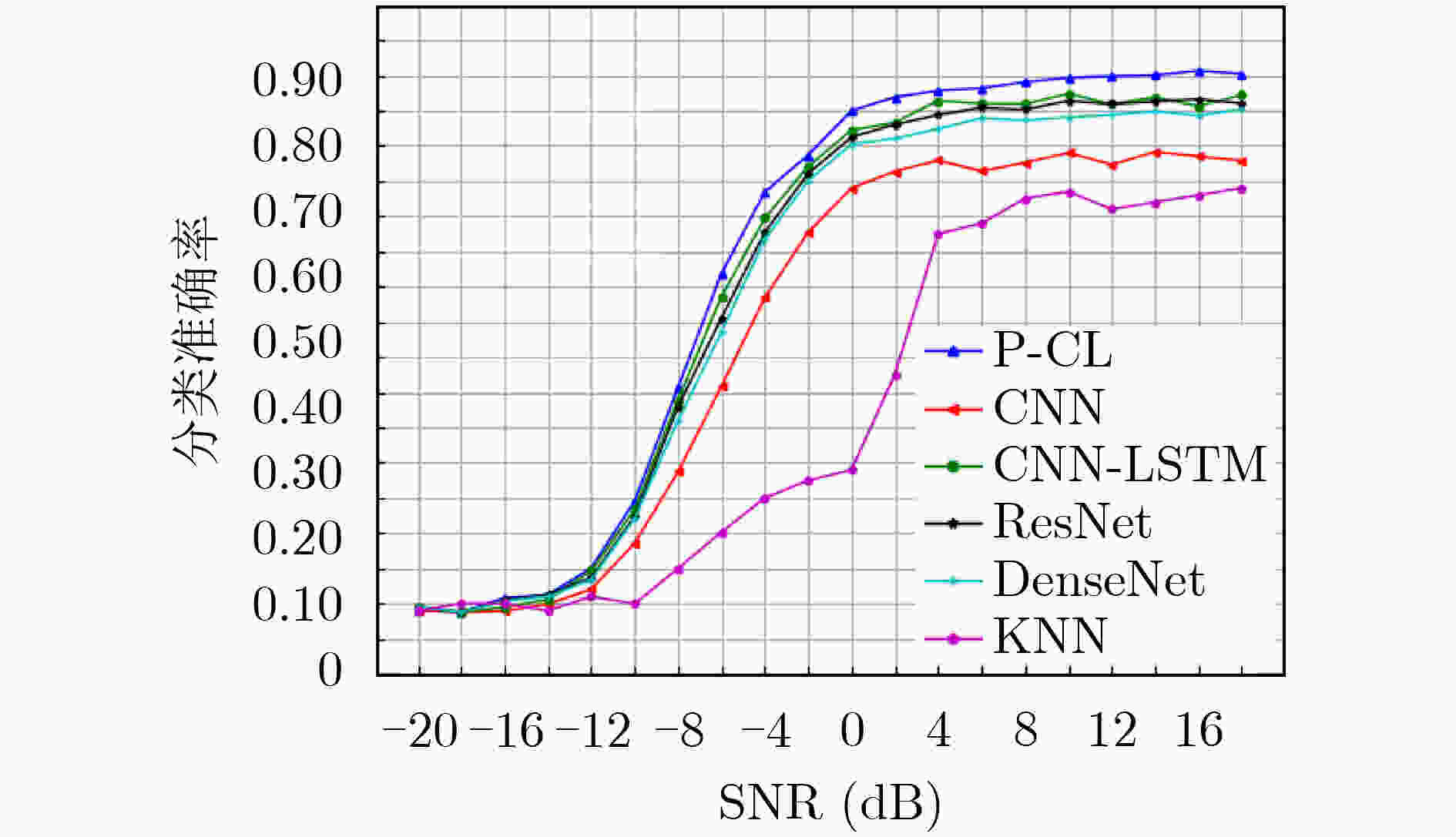
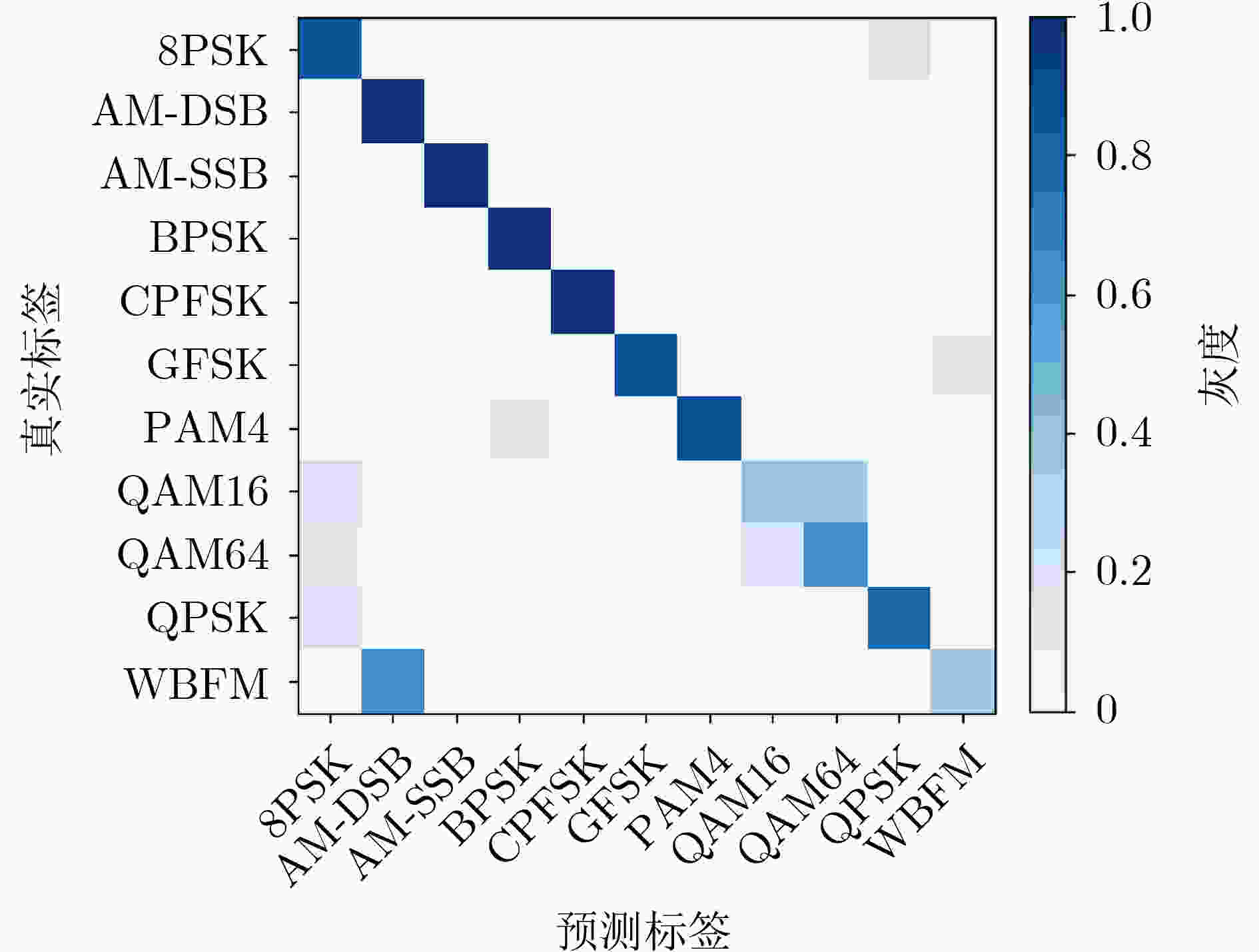


 下载:
下载:
